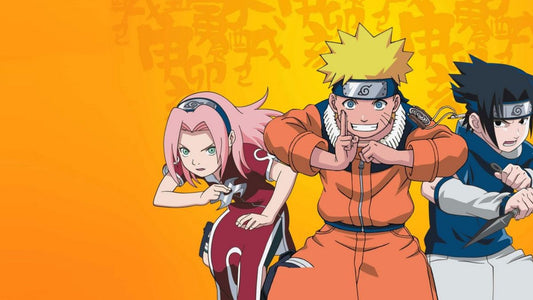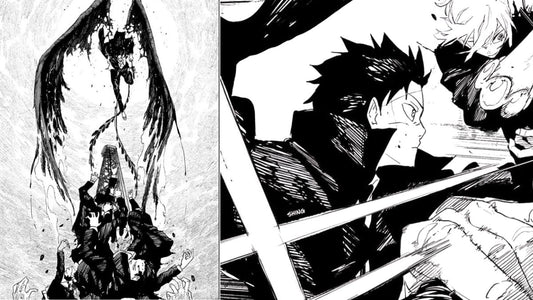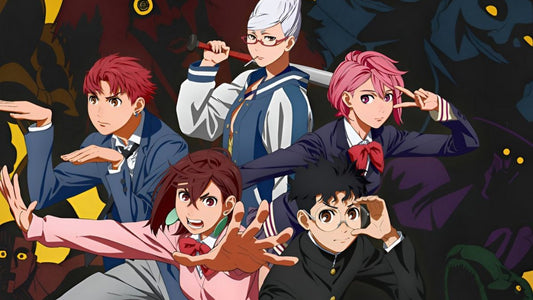
Exploring Studio Ghibli's Most Complex Villains: Who's Redeemable and Who Isn't?
Jared JohnsonShare
Studio Ghibli Villains: A Duality of Redemption
Studio Ghibli films have carved a niche for themselves through memorable storytelling and complex characters. Among these characters, Studio Ghibli villains stand out, often blurring the lines between good and evil. Here, we explore five Ghibli villains who show redeemable qualities and five who remain steadfastly irredeemable.
Redeemable Studio Ghibli Villains
Fujimoto: The Protective Wizard Father
In Ponyo, Fujimoto is portrayed as a protective father rather than a traditional villain. His primary motivation stems from a desire to safeguard his daughter, Ponyo. Despite his overbearing methods, Fujimoto is driven by genuine concern for her safety, stemming from his own experiences as a former human disillusioned by humanity's pollution of the sea. His actions, though seemingly harsh, come from a place of love and care, making him one of the more redeemable figures in Ghibli's repertoire.
For more on the themes of Ponyo, visit Bfi.org.uk.
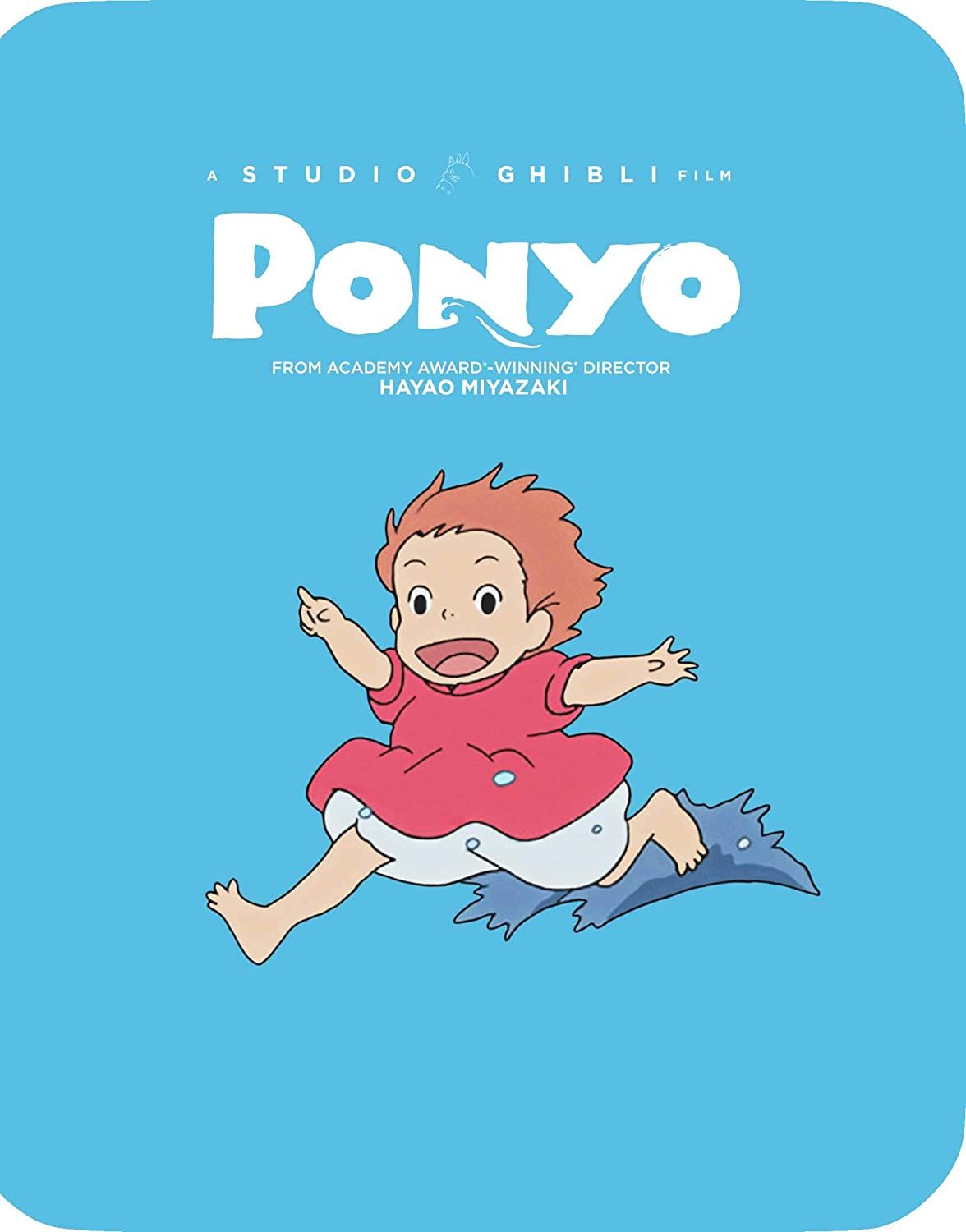
The Witch of the Waste: A Heart Changed by Circumstances
The Witch of the Waste in Howl's Moving Castle begins her role as an antagonist, driven by jealousy and heartbreak. However, her transformation — both physical and emotional — showcases her potential for redemption. Once stripped of her magical powers, the Witch becomes more humble and ultimately aids Sophie and Howl, reflecting an evolution in character and intention.
For insights into Howl's Moving Castle, check out Studio Ghibli's Official Website.
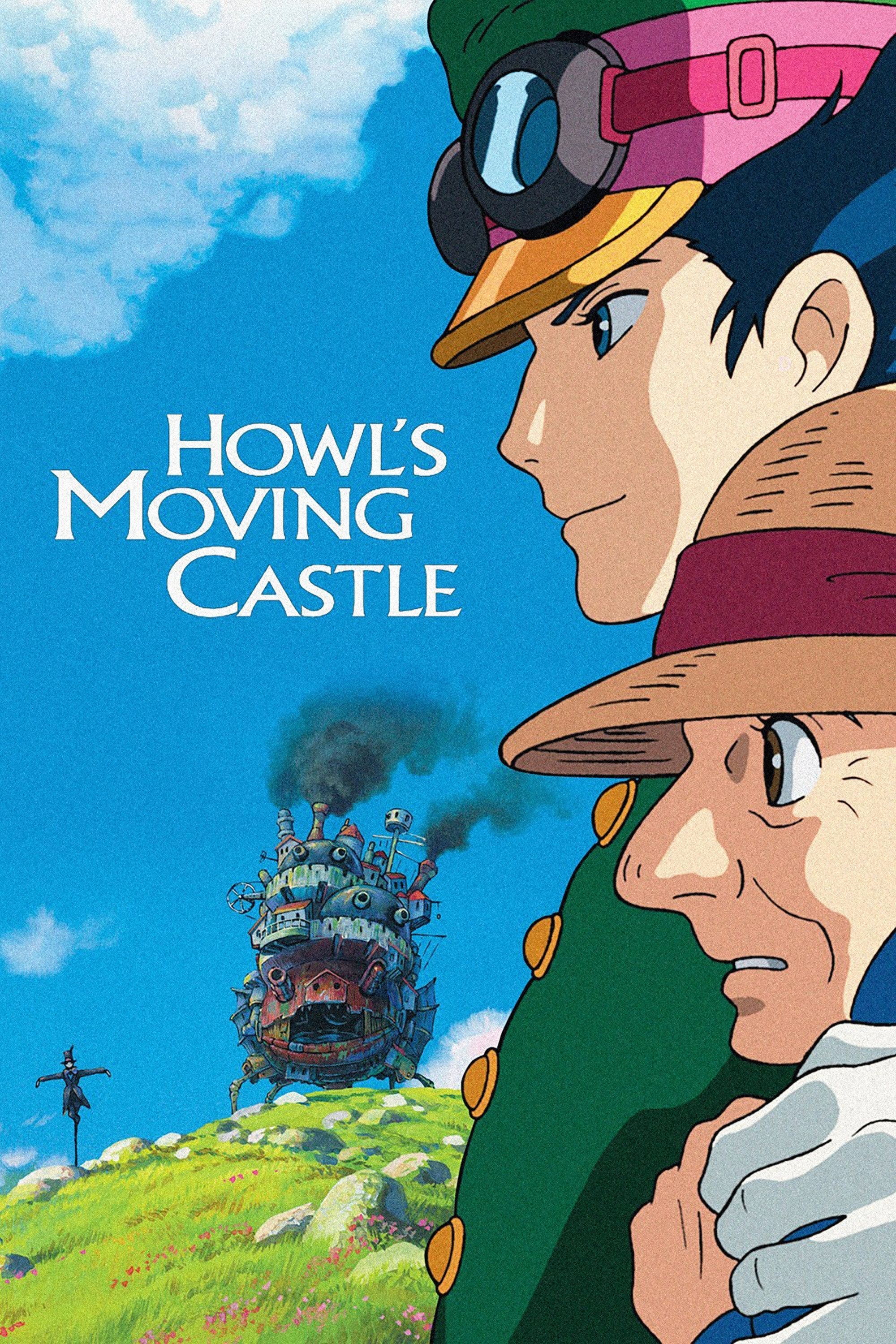
Lady Eboshi: A Leader with Learning Experiences
In Princess Mononoke, Lady Eboshi is initially seen as a destructor of the natural world. However, her actions stem from a desire to improve the lives of her people in Irontown. She provides work and dignity to marginalized individuals, particularly women and lepers. Although her methods are extreme, by the end of the film, she shows the capacity to learn from her destructive choices and adopt a more harmonious approach with nature.
Learn more about Princess Mononoke at Rogerebert.com.
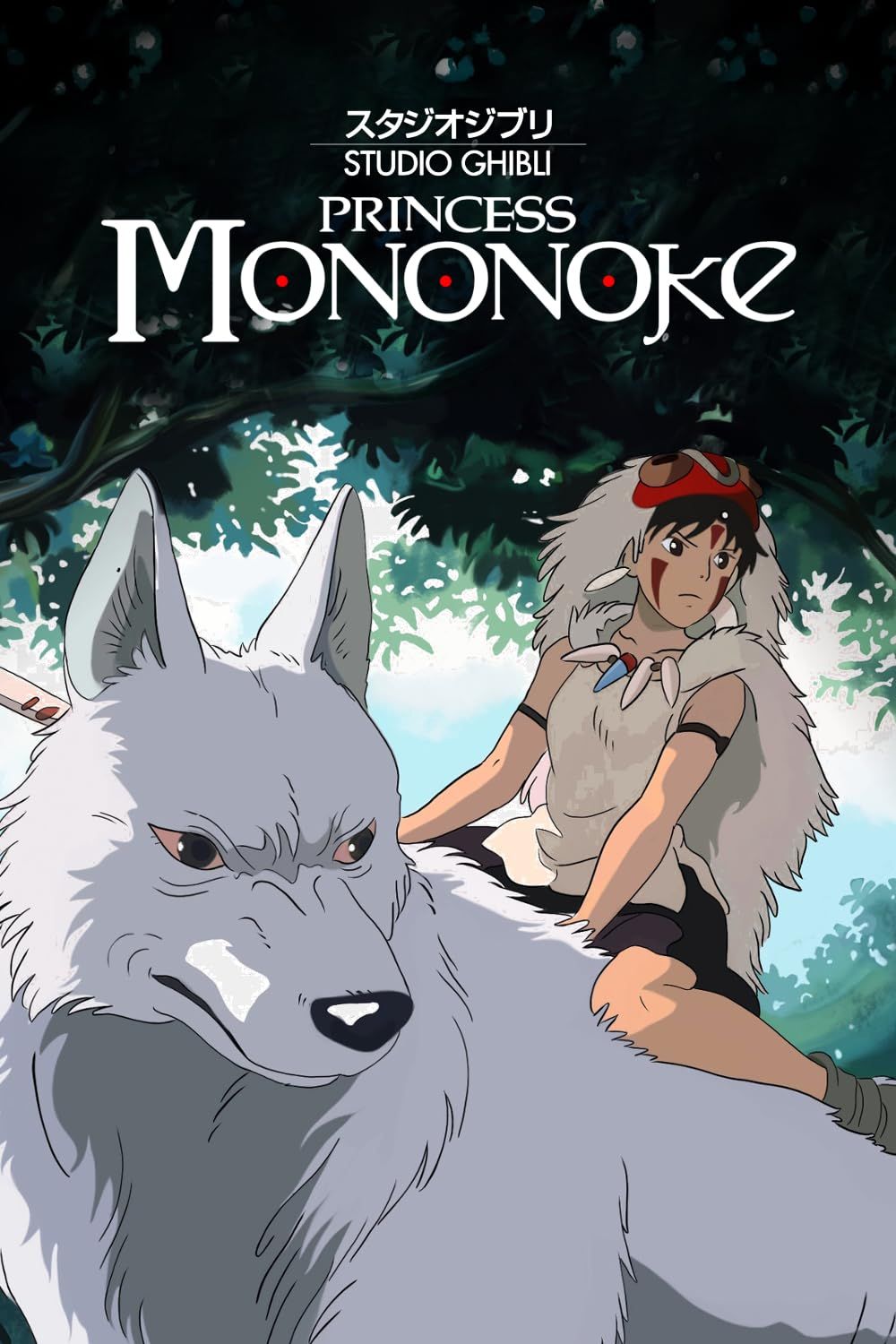
Yubaba: The Stern Yet Fair Businesswoman
While Yubaba in Spirited Away is initially depicted as a greedy sorceress, her character is multi-dimensional. She values competence and rewards hard work, as seen in her interactions with Chihiro. Despite her transactional nature, Yubaba shows a softer side towards her son, Boh, and abides by the rules she sets, demonstrating integrity and a potential for reform.
Further insights on Spirited Away can be found here.
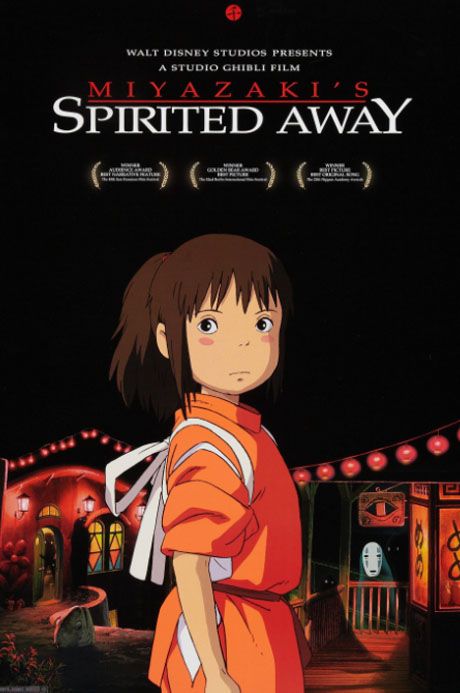
No-Face: A Victim of Environment
In Spirited Away, No-Face starts as a neutral entity who becomes consumed by the greed of the bathhouse. His destructive behavior is a reflection of the influences around him rather than innate malevolence. When removed from the toxic environment, No-Face reverts to his gentle nature, showing his actions stem from adaptability rather than intent.
Explore the symbolism of No-Face at Film School Rejects.
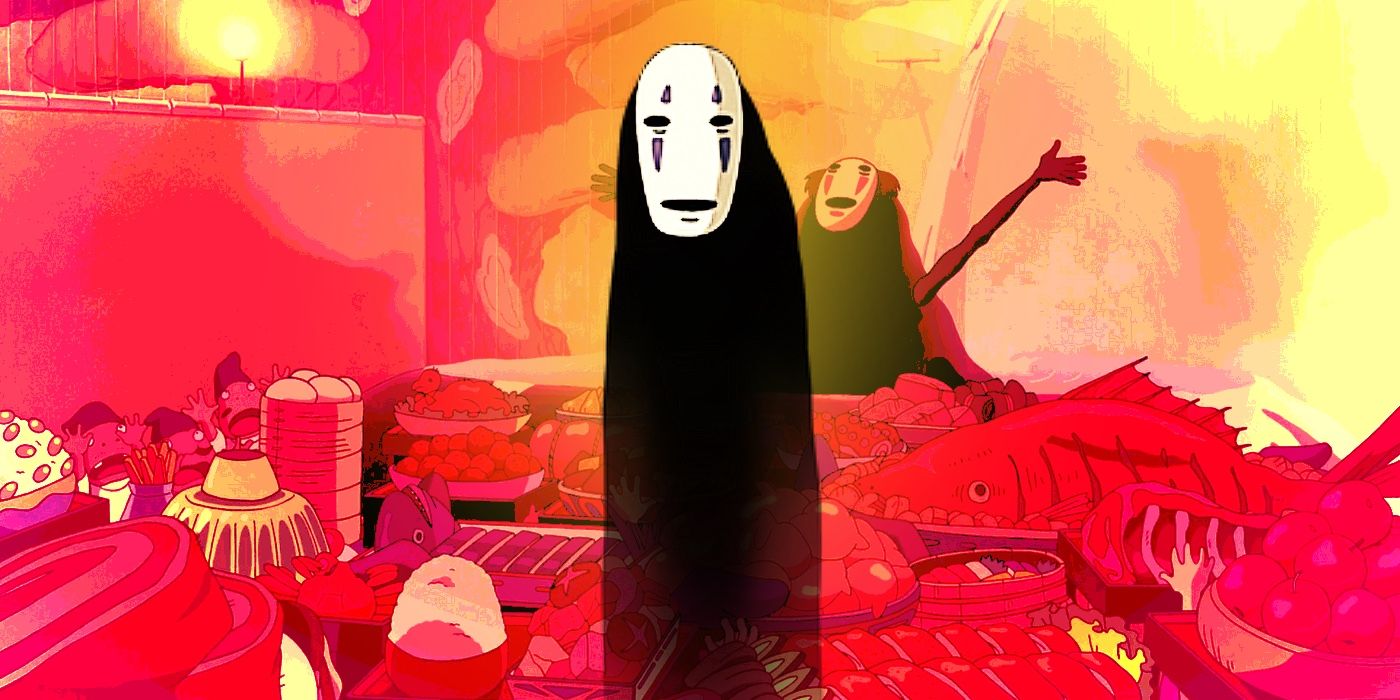
Irredeemable Studio Ghibli Villains
Colonel
The Colonel from When Marnie Was There represents an antagonist whose motivations are rooted in misguided loyalty and ambition. Unlike the previously mentioned villains, he does not exhibit the capacity for change or understanding towards others, making him a truly irredeemable character in the Ghibli universe.
Photo Credit by CBR

